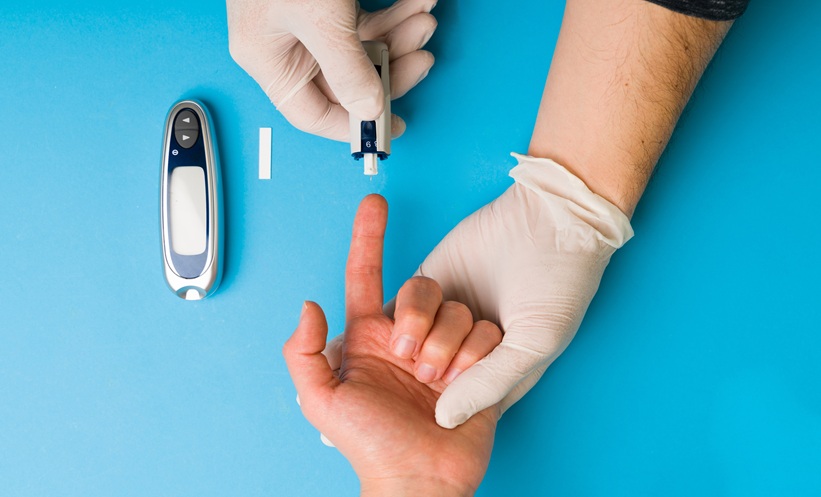RESULTS have shown how a small protein can cause vision loss and blindness in people with diabetes, after researchers from Indiana University (IU), Bloomington, Indiana, USA, utilised data from optometry patients’ eyes to create a virtual tissue model of diabetes in the eye.
Showing how vascular endothelial growth factor (VEGF) has the ability to both damage, or grow blood vessels in the eye, this study could be a starting point for better treatment options in the future. Currently, sufferers of diabetic retinopathy, must undergo multiple invasive procedures that prove ineffective in the long-term. Retinopathy, which is caused by high blood sugar levels, can damage the retina and cause blindness if left undiagnosed and untreated.
Diabetic retinopathy can lead to diabetic oedema, where the smallest vessels carrying oxygen to the retina begin to leak, causing the central retinal area to swell with fluid, which hinders the vision of those with the condition. Although VEGF would normally repair damage, in a retina suffering from high sugar levels, physicians noted that an initial blocked vessel led to a surge of further damage.
Dr Thomas Gast, Ophthalmologist and Senior Scientist, IU School of Optometry, Bloomington, Indiana, USA, suggested that this study had the possibility of improving treatment for sufferers in the future. “This paper establishes a step-by-step pathway from a diabetic’s elevated blood sugars to the vascular complications in the eye. Therapeutically, understanding a disease can lead to improved treatments.”
The virtual retina model, created at IU, details the first evidence for why this pattern of disease progression is so inconsistent, predicting where damage will appear next. Within the retina, the dispersal of damage varies according to the unique structure of blood vessels within each patient, but this new model by IU will calculate how much a blockage in one blood vessel will increase the chance of occurrence in each connecting vessel.
Present treatment, called laser photocoagulation, uses burns to destroy areas of retina which consume oxygen. “Our analysis suggests treatment of the retina with a large number of very small laser burns could prevent this ‘domino-like’ progressive loss of small retinal blood vessels and prevent elevation of VEGF and the major complications of diabetic retinopathy,” commented Dr Gast.
(Image: freeimages.com)






